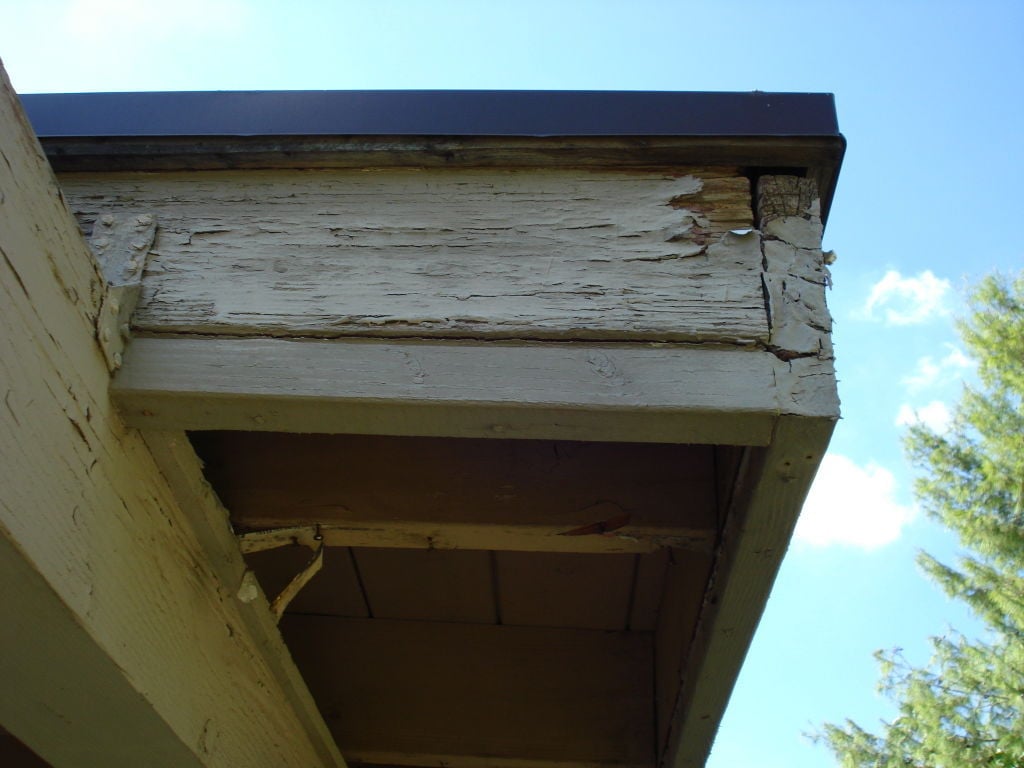Each year, thousands of Arizona residents email or call Rosie Romero’s radio show with questions about everything from preventing fires in their chimneys to getting rid of tree roots invading their sewer system. His goal is to provide answers that suit the specific lifestyle wherever someone lives in Arizona.
Q: I have recently moved into a house I just bought, and I had the roof redone. The roofers removed some rotten fascia boards and installed new wood in those areas. I was going to repaint the wood to match the old wood, but a friend of mine told me I needed to do a lot more than that to protect the wood. What do you suggest?
A: First you need to scrape and sand down the old fascia boards. Caulk all the joints and nail holes in the old and new boards with paintable caulk. Then apply a special wood primer to both old and new wood. Once that primer soaks in and hardens, then you can paint all wood with a 100 percent acrylic flat paint. Remember that your house will need a complete repainting every seven to 10 years.
Q: We have a cat’s-claw vine growing up two walls of our house. I love those plants, but my husband hates them because of all the pruning he has to do. Six times he’s tried to cut them down, but they always grow back. How can we get rid of them completely?
A: Cat’s claw loves the climate in Arizona, but is a particularly hard plant to get rid of. So don’t plant it where it can outdo other plants and even damage walls. If you want to get rid of it, you may find that even if you prune it severely, it’s always going to grow back from the root system.
So start by cutting it way back as you have done before, and then try to dig the roots out of the ground. After that you need to “paint” Roundup or a similar weed-killer on any shoots that start growing back. You’ll have to do that over and over again. It will take some time, but eventually it will work.
Q: I have just planted three new trees in my yard, a palo blanco and two acacias; all were 15-gallons in size. How much water should I give them?
A: To begin with, water them every day for the first week and then cut back gradually until you’re down to once every 10 days when the weather starts to get cooler. We recommend giving them about eight to 10 gallons of water each when you water in order to saturate the root ball.
Q: I’m worried about the condition of the paint at the ground level of my house. About four or five inches above ground the paint has started peeling off the concrete, just below where the stucco area starts. How did this happen and how should I control it?
A: You want to start by removing as much soil as you can from the concrete stem wall. Then remove the peeling paint in that area to get down to the bare masonry. You can easily use a power washer to do this — to get down to the substrate. Then roll or brush the cleaned surface with a latex-based masonry waterproofing solution; you can buy that water-proofer at a paint or hardware store. Once the masonry dries thoroughly, you can apply paint to match the stucco.





